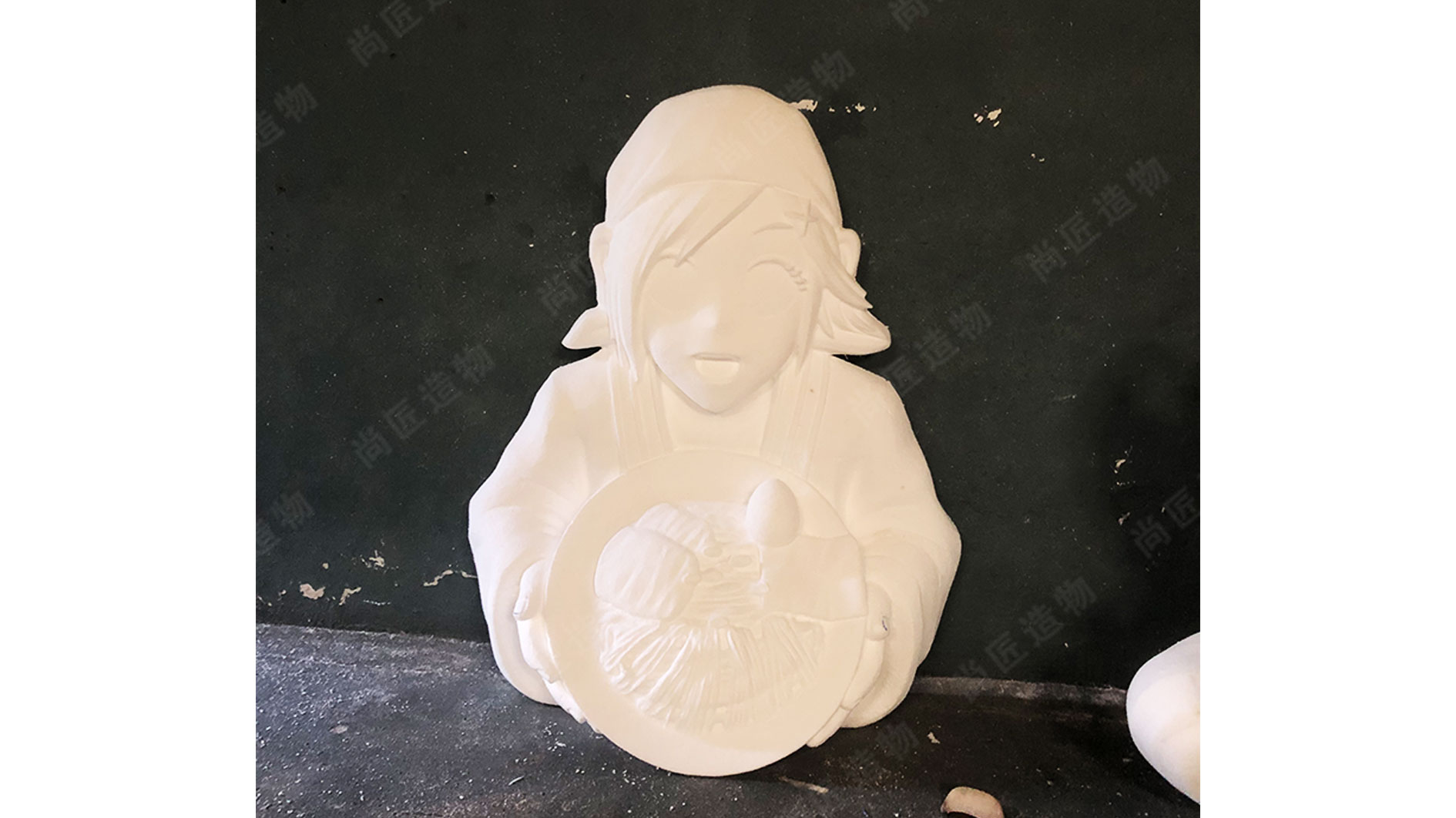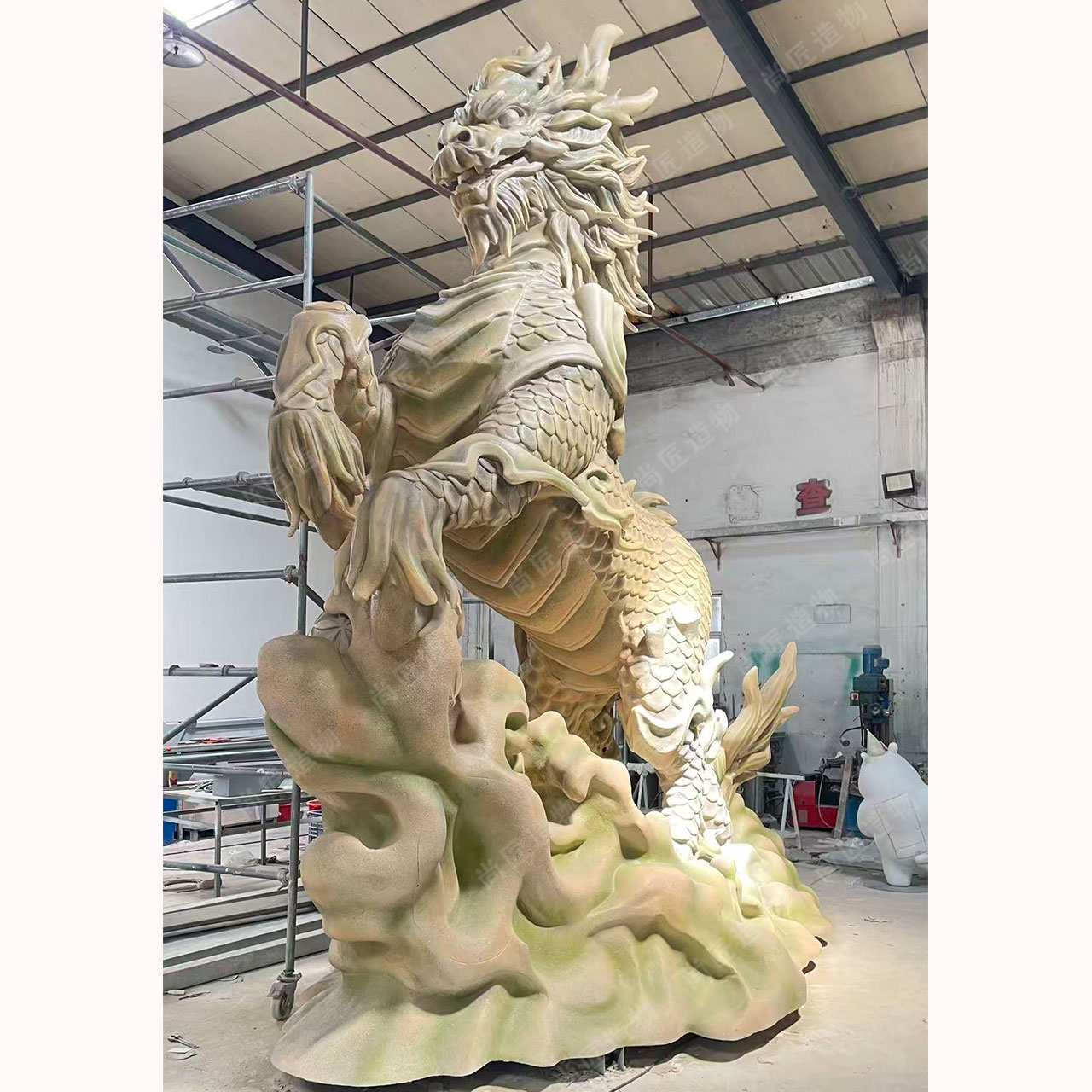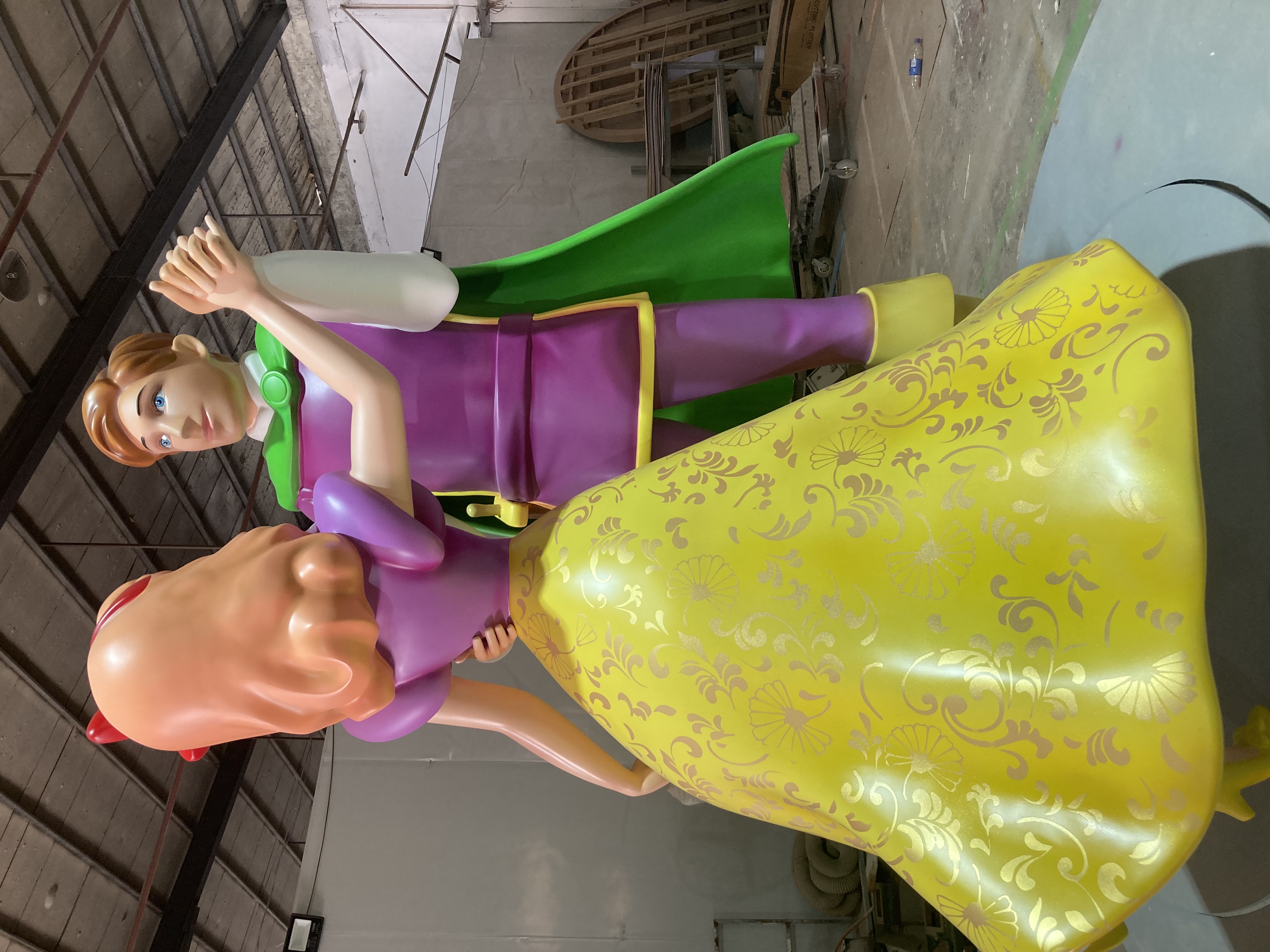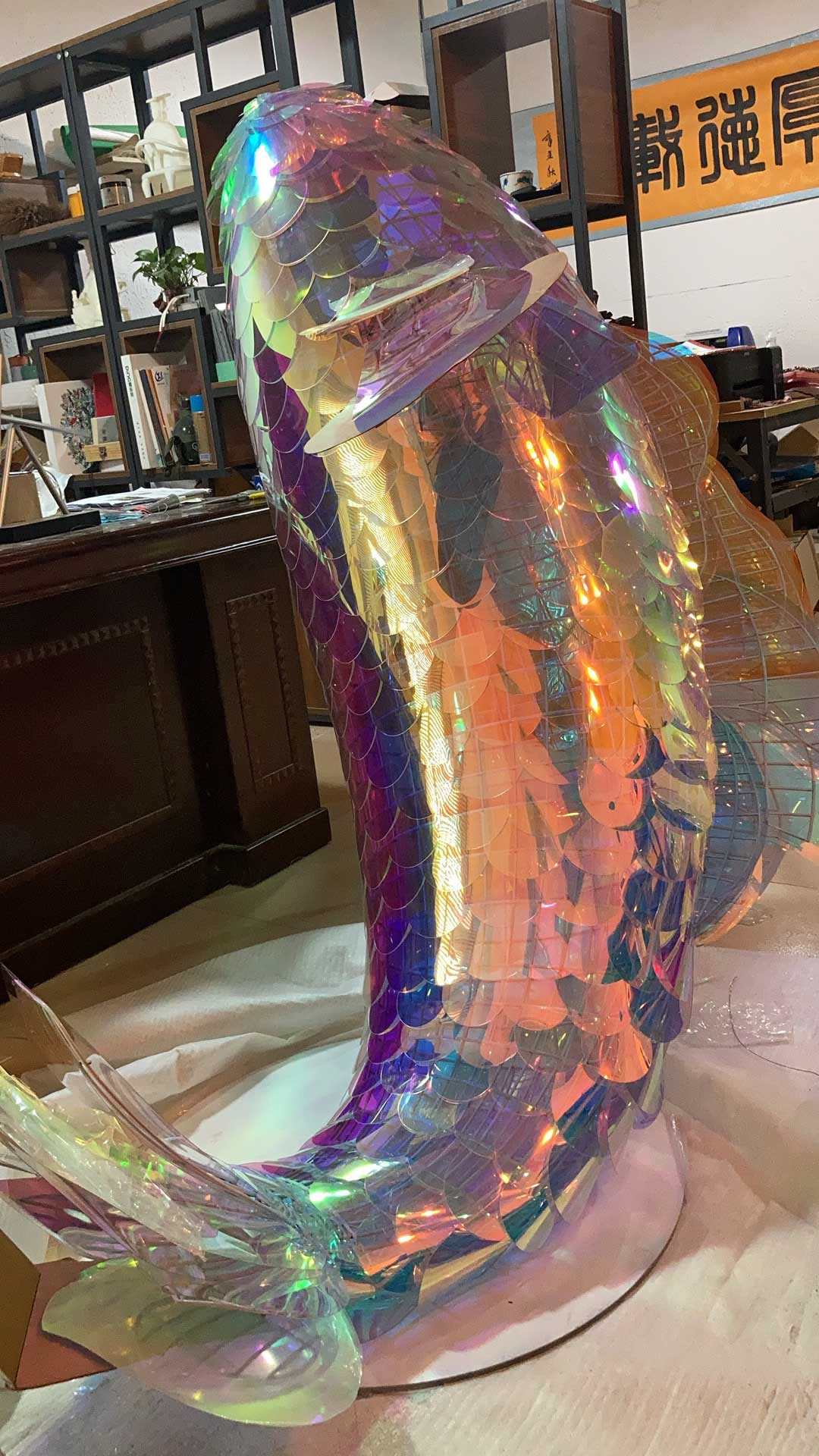Mechanized sculptures represent a significant advancement in contemporary art, merging technology with creative expression. The use of materials like fiberglass enhances the potential for intricate designs, allowing artists to experiment with movement and form. Viewers are invited to engage actively with these installations, reevaluating how they perceive art in relation to technology. The dynamic nature of mechanized sculptures not only captivates the audience but also encourages reflection on broader themes such as change and interaction. As artists continue to innovate, these installations foster deeper connections between the audience and the artwork, paving the way for a new understanding of creativity in the modern world.
The Intersection of Art and Technology in Mechanized Sculptures
Mechanized sculptures represent a striking fusion of creativity and engineering. Artists use advanced technologies alongside traditional methods to create dynamic installations that challenge viewers' perceptions of art. The sculptural pieces often incorporate movement, which enhances the interaction between the artwork and the audience. This combination prompts viewers to reconsider their relationship with sculptures, blurring the line between static art and living entities. As artists continue to explore materials like fiberglass, they push the boundaries of how we understand both form and function in contemporary art. Notably, the integration of technology allows for innovative designs that can respond to environmental factors, further engaging viewers in a dialogue with their surroundings. For more on related techniques, check out this IP character sculpture.
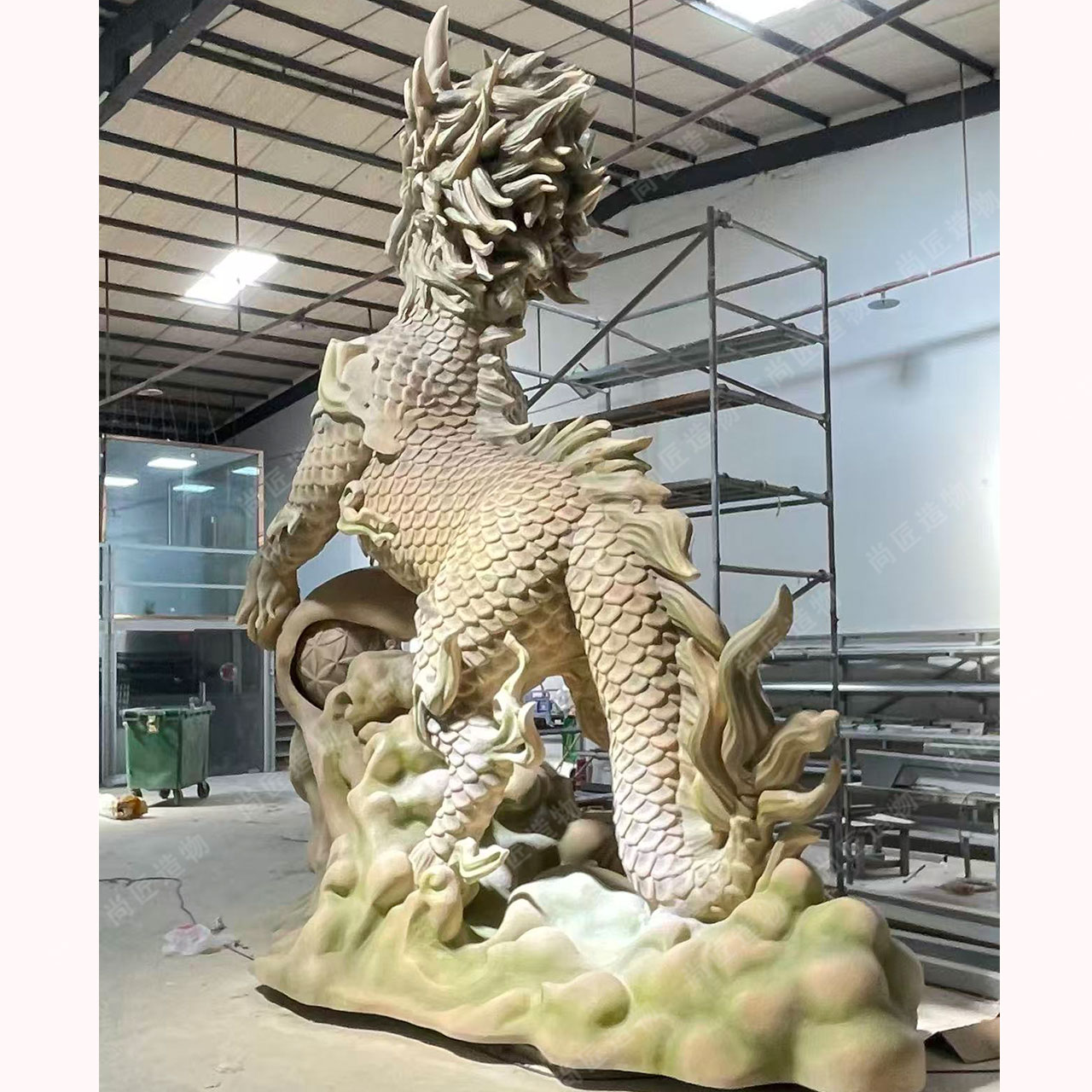
Innovative Designs: How Fiberglass Transforms Sculpture Installations
Fiberglass has emerged as a versatile material in the realm of mechanized sculptures, reshaping design possibilities. Its lightweight nature allows artists to create intricate forms that move fluidly, offering an engaging audience experience. This adaptability facilitates integrating mechanized elements seamlessly into art, enhancing the historical and conceptual narratives behind each piece.
"The ability to mold fiberglass into complex shapes invites a blend of creativity and engineering," says artist Mark von Rosenstiel, highlighting its transformative potential.
Additionally, the durability of fiberglass ensures these sculptures endure outdoor conditions while maintaining aesthetic integrity. Artists are increasingly pushing boundaries, employing this material to challenge viewers' perceptions of structure and movement, making installations both mesmerizing and thought-provoking. For further exploration of materials like stainless steel in sculpture design, visit Stainless steel sculpture.
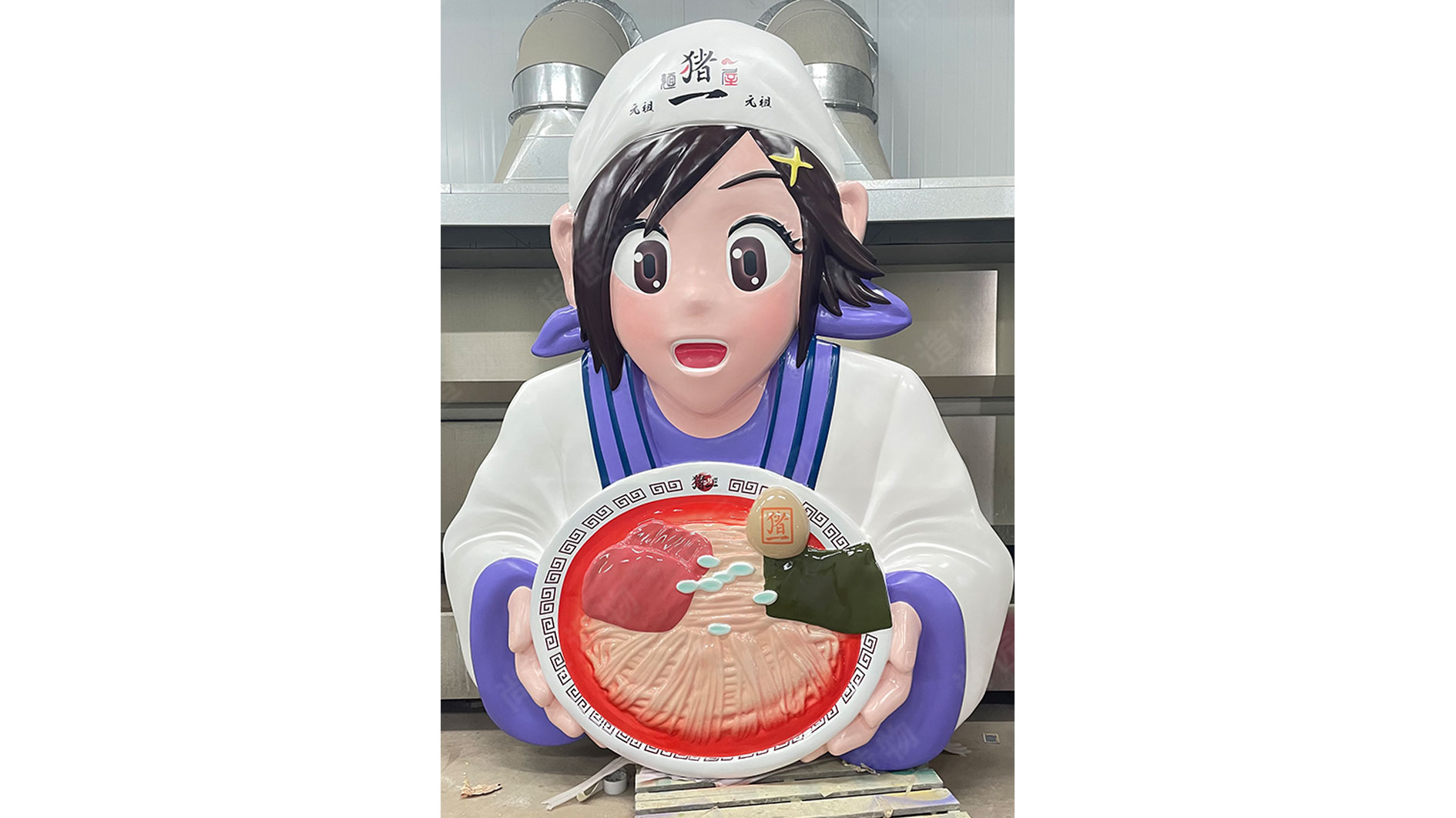
Challenging Perceptions through Mechanized Sculpture Artistry
Mechanized sculpture artistry invites viewers to reevaluate their understanding of art and its interaction with technology. Through innovative use of materials like fiberglass, artists create dynamic forms that move and respond, breaking the static nature often associated with traditional sculptures. These installations not only captivate the audience with their visual appeal but also provoke thought on the relationship between machinery and artistic expression. As sculptures come to life through movement, they encourage engagement and dialogue among spectators, transforming passive observation into an interactive experience. This evolution of sculpture challenges preconceived notions, inviting conversations about artistry in an increasingly mechanized world. Mechanized installations thus serve as a powerful medium for both artistic exploration and societal reflection.
| Artistic Element | Description |
|---|---|
| Material | Fiberglass |
| Interaction | Engaging with movement |
| Audience Experience | Transformation from observation to interaction |
| Conceptual Focus | Art's relationship with technology |
For more on the synthesis of art and technology in sculpture, see Realistic sculpture.
Exploring Artistic Narratives in Mechanized Sculptures
Mechanized sculptures serve as a dynamic canvas for artists to convey complex narratives. By integrating movement with artistic expression, these installations challenge traditional notions of art. Artists often use mechanisms to create interactions that engage viewers, prompting them to reflect on the relationship between art and life. For instance, the movement of a sculpture can symbolize change or progress, while the materials like fiberglass add a contemporary touch that enhances visual appeal. Each piece tells its own story, inviting audiences to explore themes of transformation and technology. This interplay encourages deeper contemplation of our world, revealing how mechanization not only shapes art but also mirrors societal evolution.
The Role of Movement and Mechanization in Modern Art
Movement and mechanization serve as vital components in modern art, pushing traditional boundaries and inviting fresh interpretations. Artists leverage mechanized elements to enhance the sensory experience of their work, transforming static sculptures into dynamic entities. This interaction not only ignites curiosity but also encourages deeper engagement from viewers. The use of technology to animate sculptures promotes a dialogue about the role of art in contemporary society. As pieces come to life through movement, they prompt reflections on themes such as time, change, and the ephemeral nature of existence. This evolving relationship between movement and mechanization continues to reshape artistic expression, challenging conventional ideals while fostering innovative storytelling within the realm of art.
Engaging the Audience: Interaction with Mechanized Installations
Mechanized installations offer a unique platform for audience interaction, transforming passive viewers into active participants. These sculptures often incorporate sensory elements that respond to audience movements or actions, creating a dynamic relationship between the art and its observers. For instance, some installations may use motion sensors to trigger mechanical responses, prompting visitors to engage more deeply with the work. This interaction not only captivates audiences but also encourages them to reflect on their role in the artistic experience. By becoming part of the artwork’s narrative, visitors can explore themes of connection and engagement, enriching their understanding of both art and technology. This evolving interaction fosters a layered appreciation for mechanized sculptures as living entities that adapt and respond in real-time.
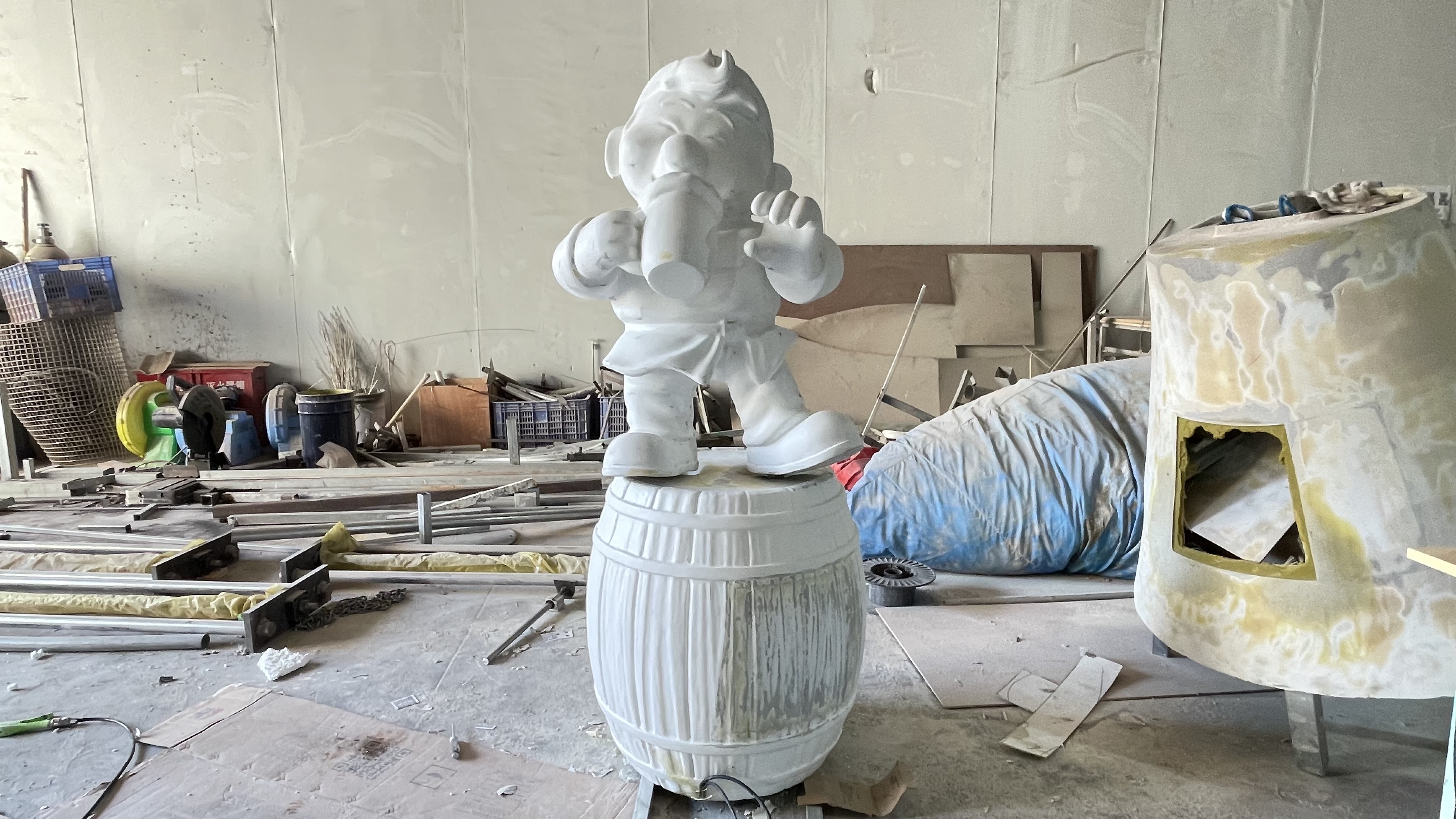
The Evolution of Fiberglass in Contemporary Sculpture Design
Fiberglass has revolutionized contemporary sculpture design by providing artists with a versatile and resilient medium. Unlike traditional materials like stone or metal, fiberglass is lightweight and easily moldable, allowing for intricate details and complex shapes. Its flexibility opens new avenues for creativity, enabling artists to experiment with forms that were previously difficult to achieve. Moreover, the ability to produce large-scale installations without sacrificing structural integrity has led to bold artistic expressions that invite viewer interaction. As artists explore the potential of fiberglass in mechanized installations, they challenge audiences to reconsider notions of permanence and craftsmanship, infusing their works with both dynamism and depth. This evolution marks a significant shift in contemporary art, embracing innovation while staying rooted in traditional artistic values.
Conclusion
The integration of mechanization in sculpture installations showcases a transformative shift in contemporary artistic expression. By employing materials like fiberglass, artists create works that are not only visually striking but also maintain a dialogue with technology and movement. This interplay invites viewers to engage with the art on a deeper level, prompting reflection on the evolving nature of creativity in the digital age. As artists continue to innovate, the potential for mechanized sculptures to challenge perceptions and tell complex narratives expands, offering fresh perspectives on the relationship between art, technology, and the audience. Ultimately, these works embody a progressive approach that reshapes traditional notions of sculpture, blending aesthetics with interactive experiences and societal commentary.
FAQs
What are mechanized sculptures?
Mechanized sculptures are artistic installations that incorporate movement and technology alongside traditional materials, creating a dynamic interaction with viewers.
How does fiberglass enhance mechanized sculpture installations?
Fiberglass offers a lightweight and flexible material that allows for intricate designs and forms, making it ideal for creating engaging mechanized artworks.
What themes do mechanized sculptures explore?
Mechanized sculptures often explore themes of change, technology, and the relationship between art and life, inviting viewers to reflect on their interpretations of modern existence.
How do viewers interact with mechanized installations?
Viewers can engage with mechanized installations through movement or action, as many pieces include sensory elements that respond to their presence.
What impact does movement have on the perception of art?
Movement in art challenges traditional notions of static sculpture, fostering a deeper engagement and prompting spectators to rethink their relationship with the artwork.
 ch
ch English
English

